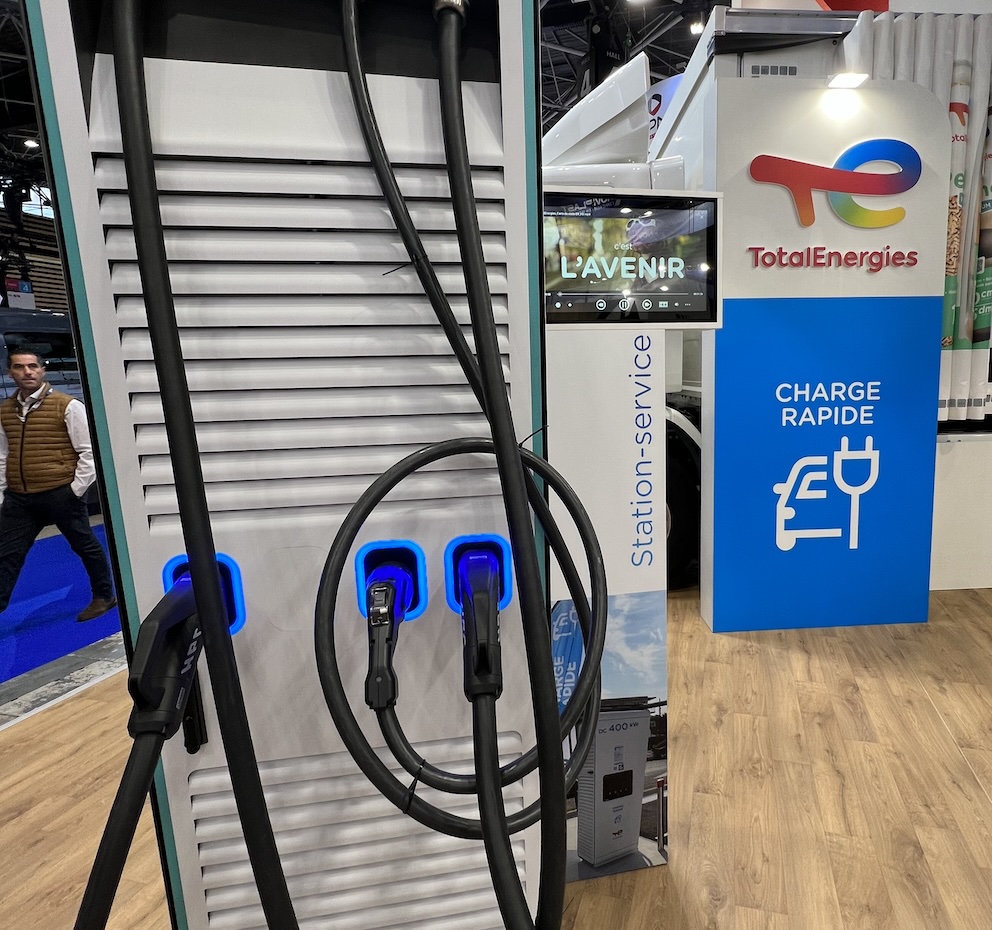Enedis, TotalEnergies, Vinci Autoroute and six truck manufacturers (Iveco, MAN Truck & Bus France, Mercedes-Benz Trucks, Renault Trucks, Scania and Volvo Trucks) have carried out a major national study on the challenges of electrifying road transport, with a particular focus on the future needs of roaming charging.
According to this study, 12,200 recharging points will be needed for roaming truck recharging alone, at 519 service and rest areas. By 2035, truck recharging alone could represent an annual consumption of 3.5 TWh/year (out of an annual consumption of 615 TW/h in 2035), and a peak power demand of 1.1 GW. 630 million euros of investment will therefore be required on the electrical grid in the same timeframe. Infrastructure deployment will also reduce the number of truck parking spaces available, creating potential land shortages. Indeed, while long-haul electric trucks will still only account for 12.5% of the fleet by 2035, at least half of all truck parking spaces on a quarter of all road sections will need to be equipped with charging points.
All stakeholders therefore recommend the introduction of a planning and roadmap process, specifying the developments to be carried out on power grids and road infrastructures between now and 2027, 2030 and 2035. Regulatory and administrative measures will need to be put in place to anticipate work and speed up administrative procedures. Finally, simple, consistent incentives with long-term visibility will encourage private investment in the development of battery-electric trucks.











